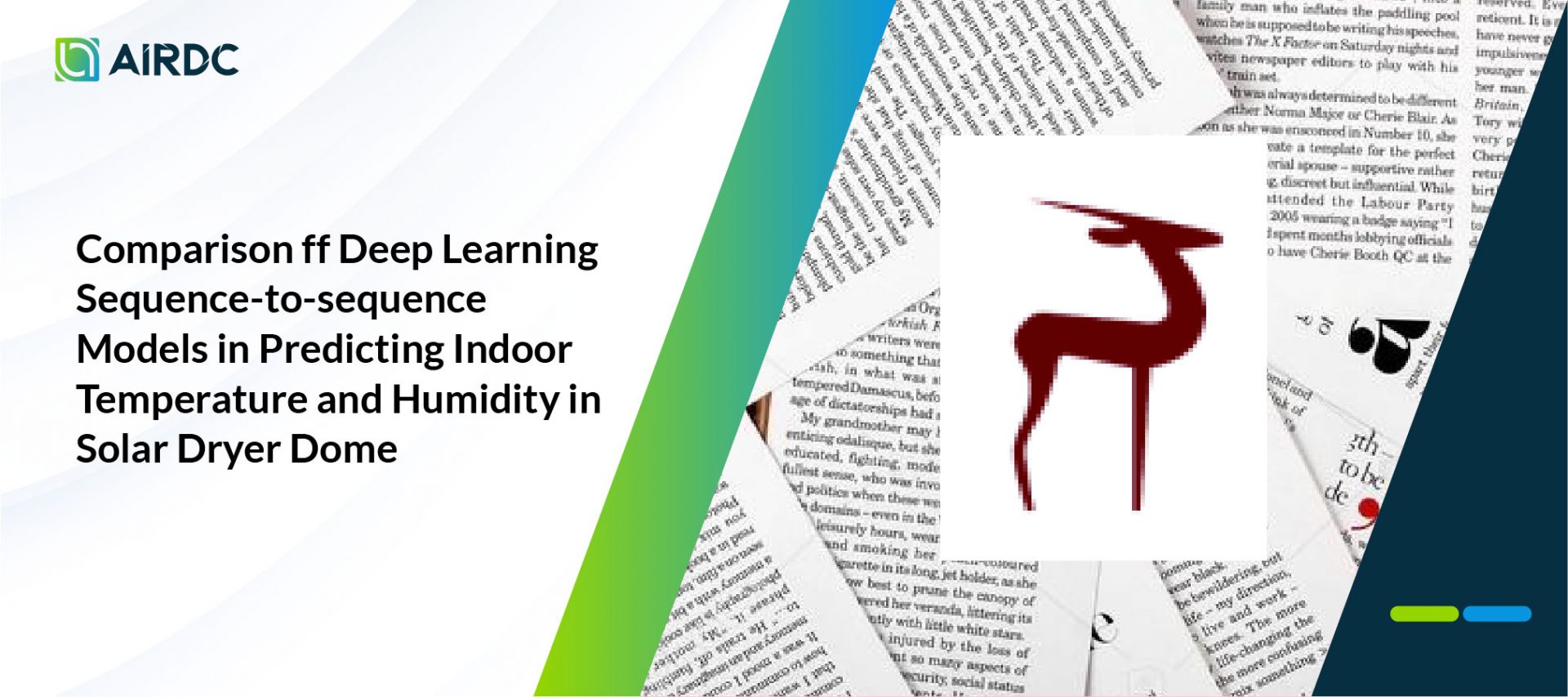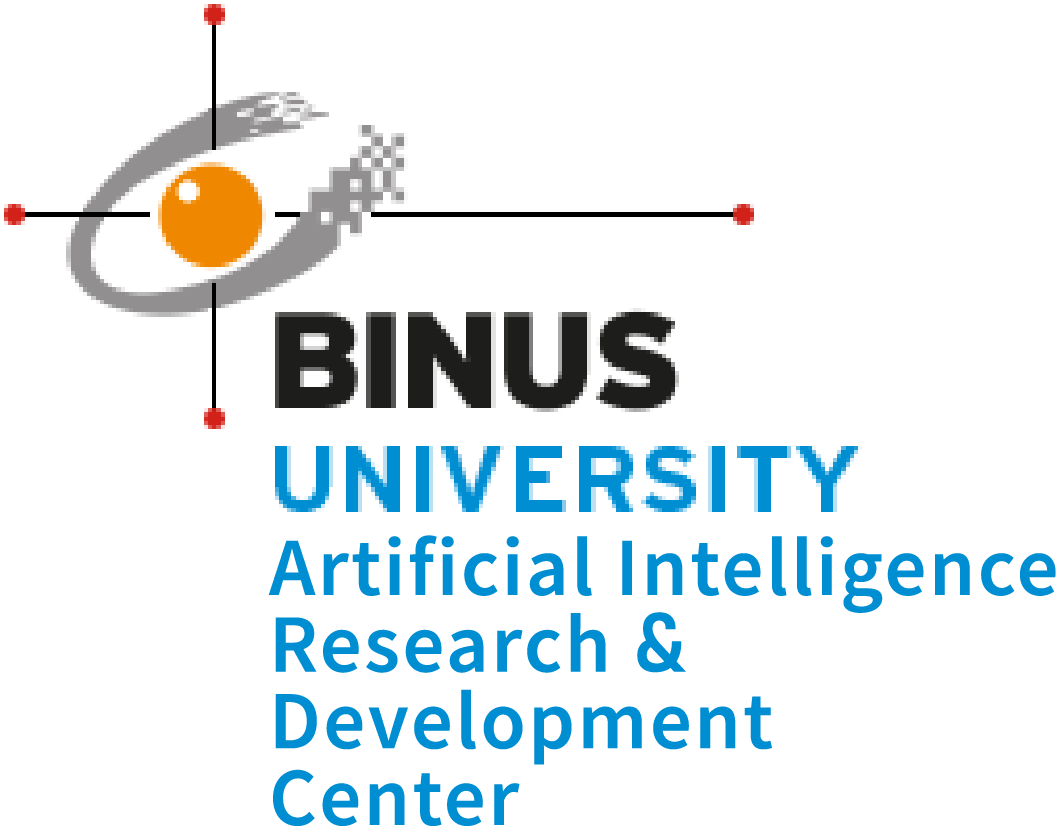Comparison ff Deep Learning Sequence-to-sequence Models in Predicting Indoor Temperature and Humidity in Solar Dryer Dome

Solar Dryer Dome (SDD), which is an agriculture facility for preserving and drying agriculture products, needs an intelligent system for predicting future indoor climate conditions, including temperature and humidity. An accurate indoor climate prediction can help to control its indoor climate conditions by efficiently scheduling its actuators, which include fans, heaters, and dehumidifiers that consume a lot of electricity. This research implemented deep learning architectures to predict future indoor climate conditions such as indoor temperature and indoor humidity using a dataset generated from the SDD facility in Sumedang, Indonesia. This research compared adapted sequenced baseline architectures with sequence-to-sequence (seq2seq) or encoder-decoder architectures in predicting sequence time series data as the input and output of both architecture models which are built based on Recurrent Neural Network (RNN) layers such as Gated Recurrent Unit (GRU) and Long Short-Term Memory (LSTM). The result shows that the adapted sequence baseline model using GRU is the best model, whereas seq2seq models yield bigger Mean Absolute Error (MAE) values by almost ten times. Overall, all the proposed deep learning models are categorized as extremely strong with R2 ≥ 0.99.
CMBN
Karli Eka Setiawan, Gregorius Natanael Elwirehardja, Bens Pardamean

